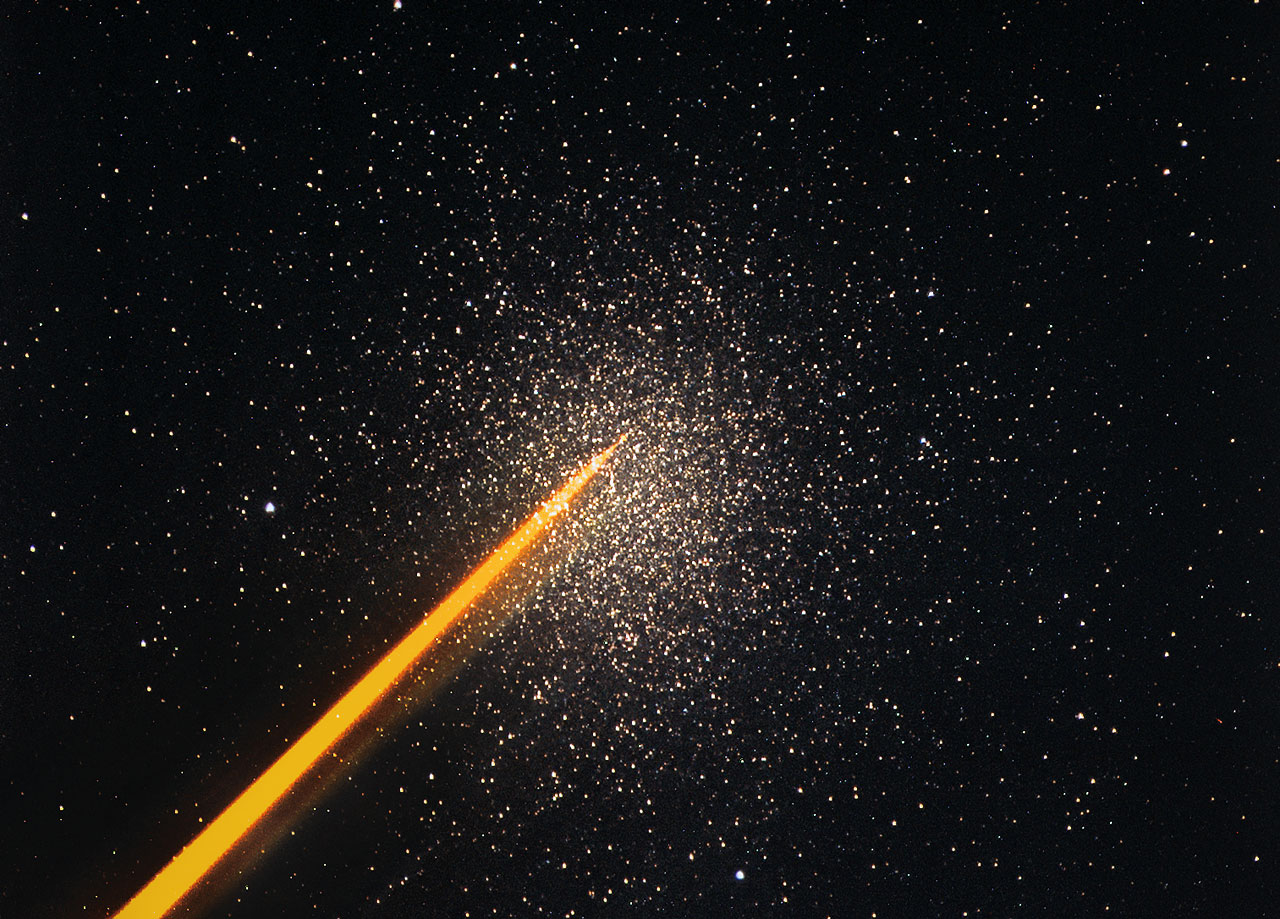
Just weeks ago, Americans found themselves in a bit of a frenzy, as a number of unidentified flying objects were shot down over the United States.
The rash of strange encounters occurred immediately after a Chinese spy balloon was downed by US military aircraft over the Atlantic Ocean, just off the coast of South Carolina. That device was equipped with some rather serious espionage equipment that appeared to be capable of transmitting back to Beijing.
Now, as we continue to worry about China’s aggressive international posturing, it appears as though Beijing is scanning US territory from space.
CHINA used green lasers fired from satellites to gather intelligence for a surprise hypersonic missile attack on Hawaii, it has been warned.
The satellite was recorded flashing lasers for a fraction of a second by a livestream camera attached to a telescope on top of a mountain on one of the islands.
That footage was soon making the rounds on social media, along with China’s alleged explanation.
⚠️ REVEALED: Mysterious green lasers over the Hawaii Islands originate from a Chinese space satellite.
China claims the satellites are studying air pollution. pic.twitter.com/5eGsC66AkB
— Upward News (@UpwardNewsHQ) February 9, 2023
The “pollution monitoring” suggestion did not sit well with some experts.
Rick Fisher, an expert on China’s military at the International Assessment and Strategy Center, said the satellite is “a classic case of a Chinese dual use” of civilian technology that also serves military missions.
“The Daqi-1’s lasers specifically monitor the density of the atmosphere and can detect different wind directions,” he told The Sun Online.
“This is precisely the data required for China to accurately target small multiple reentry vehicle nuclear warheads or more recent Hypersonic Glide Vehicle warheads.
“HGV warheads seek to exploit low trajectories that are also low altitude and thus are very vulnerable to adverse weather conditions, necessitating the weather data precision that would be available from laser measurements.”
China’s poor global behavior will almost certainly cast a serious bit of doubt on this official explanation, however, and could lead to more distrust of the far-east superpower.








